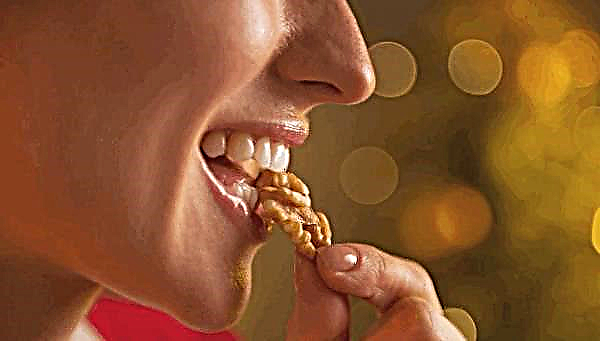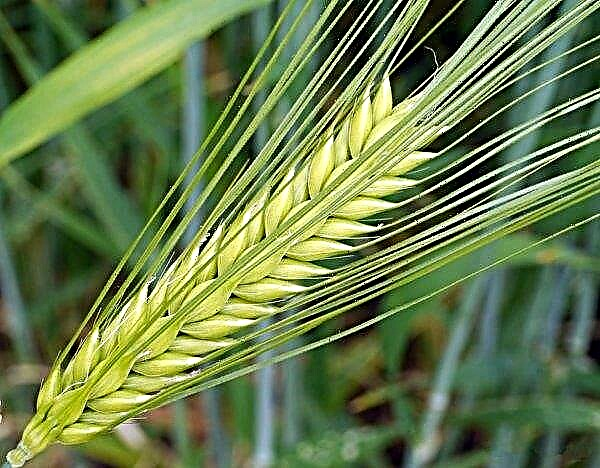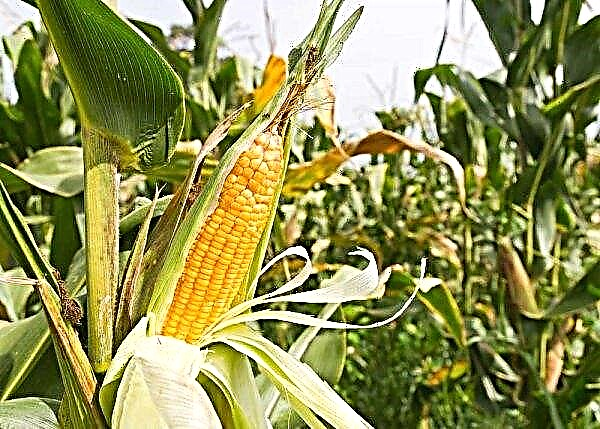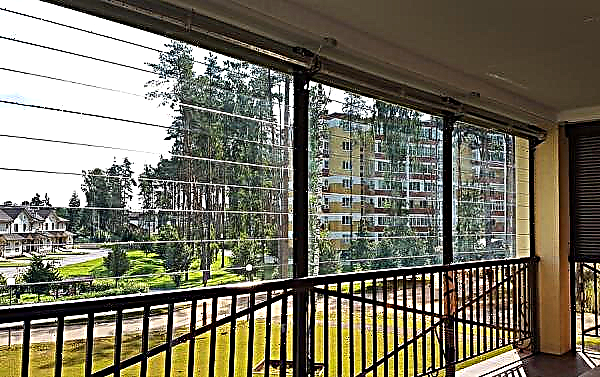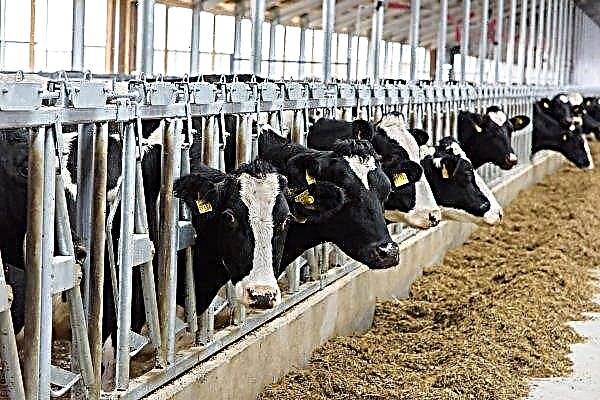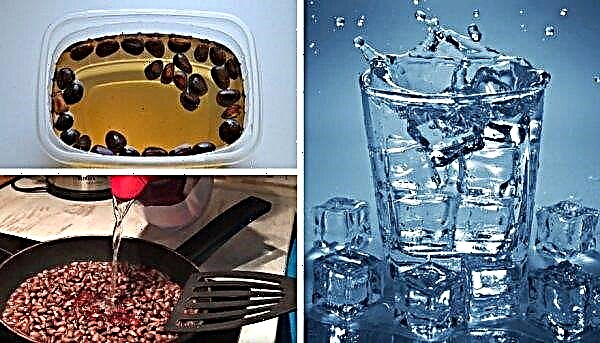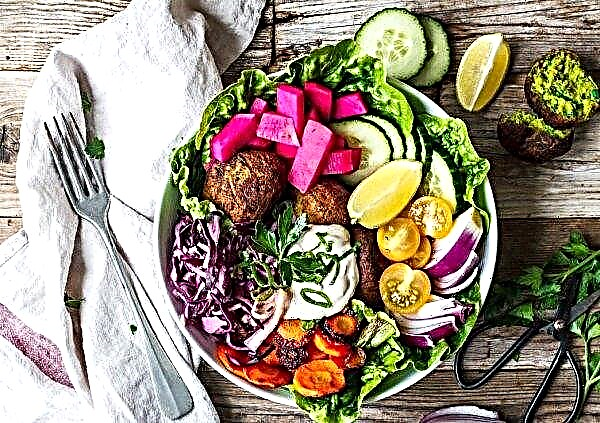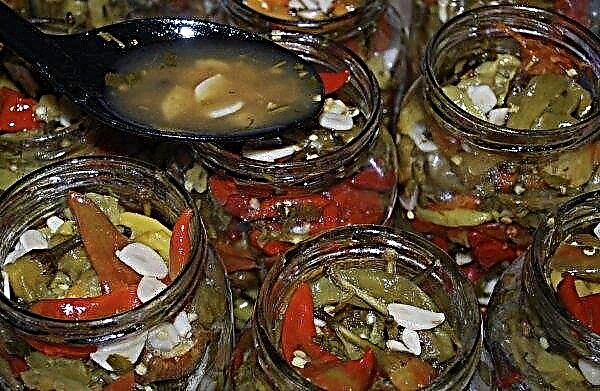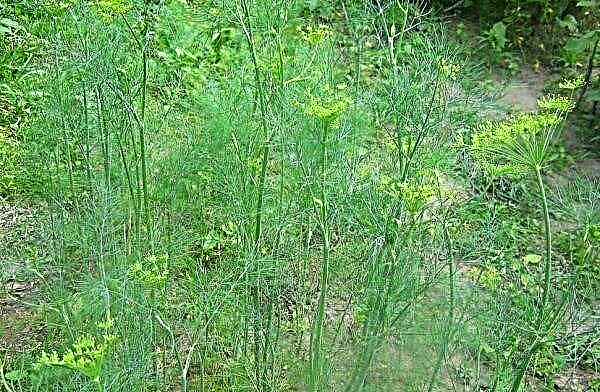Poultry breeding today is a popular business. It is especially beneficial to grow turkeys. The nuances of turkey business will be discussed in this article.
Is it profitable or not to breed turkeys
Growing turkeys is one of the best options for consistently high income. Consider the pros and cons of this production.
Did you know? Watching turkeys, you can learn in advance about the impending weather deterioration. Anticipating the changes, the birds straighten their feathers.
Benefits
- Breeding turkeys has these advantages:
- turkey meat is very popular in the market because it is dietary, low cholesterol. It contains many vitamins. The turkey is easily digested, it does not cause food allergies. It is useful to eat meat with vitamin deficiency;
- turkeys carry more eggs than hens;
- turkey meat is more expensive than meat of other poultry, so investments in business will quickly pay off;
- turkeys gain weight quickly;
- except meat, you can sell eggs, turkey poults, feathers, down.
Disadvantages
- Among the disadvantages, the following elements can be distinguished:
- high mortality rate of poultry with improper care;
- turkey poults very poorly tolerate changes in temperature and environment;
- turkeys are prone to obesity. Avoid obesity poultry by balancing its diet. The amount of grain should be reduced and give them more greens and grass meal.
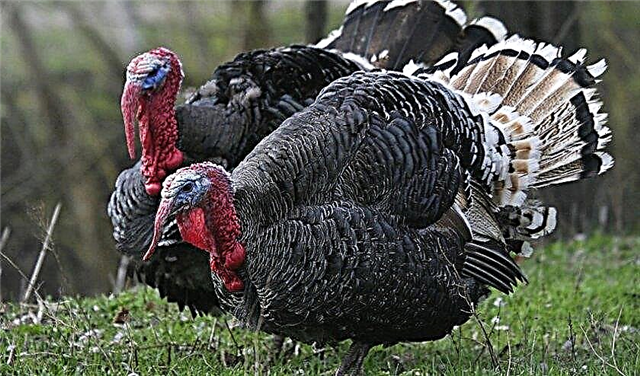
The basic rules for successful breeding turkeys
For your business to be successful, you must follow these rules:
- Make a competent business plan and follow all of its points.
- If at first financial opportunities do not allow you to buy an incubator, expand the number of birds with females. They are very sensitive and responsible to offspring. For a year from one female you can get about 600 kg of quality meat. When profits from the business begin to increase, be sure to buy an incubator. Allocate a separate room for it. Using an incubator will significantly increase the profit from growing turkeys.
- Properly equip the house. Keep track of good light, heat, cleanliness, and the presence of clean water. Avoid exposure to drafts on birds.
- Take good care of turkey poults. They have very weak immunity, so they often get sick. Be sure to vaccinate the turkeys so that their body subsequently rejects the infection.
- Organize a well-equipped turkey pastureso that in this way their body receives more additional vitamins.
Drawing up a business plan
A business plan is the key to the success of your future economy, so think it over to the smallest detail.
It should consist of the following items:
- select the breed of bird you want to grow;
- buy or rent the right size plot of land;
- Build a house and equip it correctly (you need from 20 thousand rubles);
- purchase young turkey poults (100-300 rubles per 1 chick depending on the breed);
- buy the right amount of feed (about 12 thousand rubles for 20 turkeys);
- think about how and where you will sell the finished product.
 To invest a minimum amount of money in a business, it will be enough to acquire 20 young animals to start with. For such a number of birds, you need to build a house with an area of at least 40 square meters. m. To less money spent on the purchase of feed, well prepare the area for walking birds.
To invest a minimum amount of money in a business, it will be enough to acquire 20 young animals to start with. For such a number of birds, you need to build a house with an area of at least 40 square meters. m. To less money spent on the purchase of feed, well prepare the area for walking birds.So they will receive all the necessary vitamins. If you take care of your pets properly, then one turkey will gain 15 kg of weight by the beginning of autumn. This is quite enough for the sale of goods. Send half of the herd to the face, and half leave. It will form a parent flock to further increase the economy.
One female can breed 10–15 chicks. Thus, in 2–4 years you will return all expenses, and you can buy new land, build houses and expand the economy on net income.
Did you know? In the heat of a showdown, turkeys never hit bedridden brothers, so that an individual that lay on the ground and craned its neck can feel safe.
Where to start breeding
Consider the initial stages of a turkey business.
Breed and cross selection
The success of a business directly depends on how correctly you choose a breed of bird for growing. Before choosing a breed, think carefully about the goals of your farm, because there are meat breeds of birds, and there are egg. If you want to grow a bird for meat, the first option is better for you.
If you want to sell eggs, choose the second option.
To get the highest possible income from growing poultry, these breeds are suitable for you:
- Broad-breasted white turkeys. This is a meat breed with high egg production (120 eggs per year), which grows very quickly and tolerates temperature extremes.
- North Caucasian bronze rock. It is created for grazing. It has high egg production (more than 80 eggs per year).
- Bronze broad-breasted turkey. This is the most common breed in industrial breeding. But she is not at all adapted to grazing.
- BIG-9. This is a meat breed with high egg production (118 eggs in 26 weeks). They quickly gain weight and are unpretentious in growing.
- BIG-6. Meat breed. Turkeys grow so large that they need artificial insemination. It is very difficult for them to climb a female for breeding. The weight of the male is from 20 to 25 kg, the weight of the female is 10–15 kg.
- BYuT-8. This is also a meat breed. The weight of an adult male is 27 kg, and the weight of a female is 10 kg.

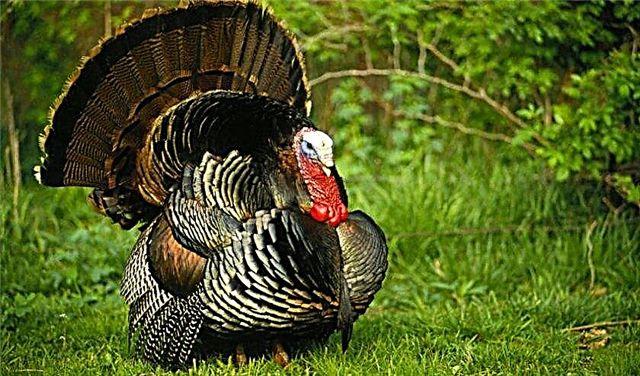
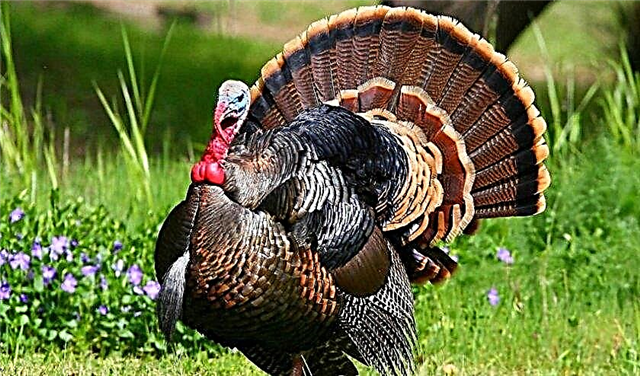



Bird house
The house can be built following the example of a regular chicken coop using the following recommendations:
- The main difference between a house and a chicken coop is its large nests and perches. Place them in such a way that for each bird there is 40 cm of free space, since turkeys are much larger in size than regular chickens. Perches are usually placed at the back of the house because it is the warmest. It is very convenient to place retractable shields under the perches, in which birds' waste products are collected. This will greatly facilitate and speed up the process of cleaning the house.
- Keep the house dry, warm and clean. Regular cleaning will prevent the formation of unpleasant odors in the room and the growth of bacteria.
- Make sure the house is well ventilated. You can use a special box measuring 25 * 25 cm and place it on the roof. Use the gate valve on the box to control the flow of clean air into the house. The design can be bought at hardware stores or made by yourself. Regular ventilation of the house is a guarantee of good health for turkeys. There should be no drafts in the birdhouse so that the pets do not catch a cold.
- Make sure that the floor in the house is smooth and warm. The optimum height of the floor is 20–25 cm from the ground.
- To maintain a high level of illumination of the room, it should have many windows. This has a beneficial effect on the development of birds, on their health. With a lot of light, turkeys will grow more active.
- The house needs to be built with double screenersto keep it warm.
- Equip the house with feeders. They must be placed at the height of the back of the turkeys. Only one third of the feeder is filled with food so that it does not spill out from there. To prevent different types of feed from mixing in the feeder, make special partitions in it. Mineral feed should be given to turkeys from separate feeders located at least 40 cm above the floor.
- Place drinkers at the level of the neck of birds. Turkeys should have free access to water.
- In the house, you can build special manholes, the standard size of which is 50 * 50 cm. Thus, turkeys will be able to walk not only on the street, but also inside the house.
 Thoughtful arrangement of the house is the key to a comfortable life for your pets.
Thoughtful arrangement of the house is the key to a comfortable life for your pets.Feeding
You need to feed turkeys with cereals. It is best to use oats or millet for this purpose with the obligatory addition of bean grains (for example, soybeans and so on). Also, turkeys are very fond of mixes of vegetables and root crops with compound feed or with chopped hay. You can give the birds a mixture of cottage cheese, fresh herbs, potatoes.
From an early age, turkeys should be given vitamins E, A, B12, ascorbic acid and ordinary chalk. In this way, the immunity of birds will increase and their mortality rate will decrease. Birds will grow faster.
In order for turkeys to get more vitamins in the summer, you need to allocate the area of land on which they will walk every day, in addition to the main meals. The soil on which you plan to walk turkeys must be planted with useful perennial grass in advance.
Alfalfa and clover are perfect for this. You can also sow annual herbs: oats, peas, and more. In addition to grass, they can eat worms, bugs, various seeds. There must be small bushes on the walking platform so that the bird can hide in the chill from the intense heat in the summer.
Turkeys are very active birds. They love a lot of movement. And the presence of such a space for walking will bring birds a double benefit: they will actively fill their bodies with vitamins in an active movement, which will well affect their weight and egg production. Turkeys also walk in winter, excluding periods of especially severe frosts and very windy weather for the safety of birds. A place for walking in the winter should be covered with straw and sprinkled with grain. Place bunches of fresh hay around the edges of the walking area. This lures birds into the street and contributes to a longer walk.
Turkeys also walk in winter, excluding periods of especially severe frosts and very windy weather for the safety of birds. A place for walking in the winter should be covered with straw and sprinkled with grain. Place bunches of fresh hay around the edges of the walking area. This lures birds into the street and contributes to a longer walk.
Important! For turkeys, the feeding regimen is very important. Let them eat at the same time every day. Until small turkeys reach the age of 1.5 months, feed them 7 times a day. Then gradually reduce the number of meals to 4 times a day.
Sales and distribution channels
They sell products in different ways. Meat can be handed over in bulk to stores, sold on the market on its own with whole or carcasses. Also, turkey can be delivered to cafes, restaurants and other institutions of this type.
In addition, an additional means of income may be the sale of eggs, turkey poults, feathers and down of birds, as well as litter, which is used to make fertilizers.
When the business will expand significantly and will bring a very large income, you can develop it in another direction - open a meat factory, which would produce products from turkey (sausages, meatballs, etc.).
Profit and profitability calculation
Suppose you bought 20 turkeys - 10 males and 10 females - at an average price of 200 rubles. You spent 4 thousand rubles. Let the construction and equipment of the poultry house cost at a minimum price of 20 thousand (the room can be modified with profit over time). 12 thousand went to feed. In total, you spent 36 thousand rubles.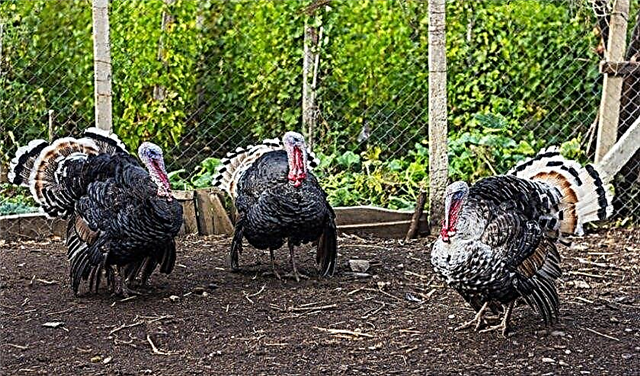 At the end of the season, half of the adult birds can be put up for meat. For 4-6 months, the average weight of one bird is 15 kg. If you sell 10 turkeys at 200 rubles / kg, you can get 30 thousand profit. Part of the money will go to purchase feed, about 2 thousand - to purchase turkey poults.
At the end of the season, half of the adult birds can be put up for meat. For 4-6 months, the average weight of one bird is 15 kg. If you sell 10 turkeys at 200 rubles / kg, you can get 30 thousand profit. Part of the money will go to purchase feed, about 2 thousand - to purchase turkey poults.
Total, we have about 16 thousand net income from the first sale.
Good income can be obtained from the sale of eggs. 1 egg for incubation costs 100 rubles. On average, 1 female can lay 80 eggs per year. So, selling the eggs of one female, you will get 80 thousand. If you sell the eggs to half of your birds, you will receive 400 thousand rubles.
Part of the money will go towards spending next season (buying young animals, feed), paying utility bills and more. The remaining money can be used to expand the business.
If we add income from the sale of daily allowances of turkey poultry, feathers and fluff, the business is even more profitable. As you can see, the profitability of the business is approximately 80–90%.
Useful Tips for Beginners
Any business is a laborious business, so we will give some useful tips for beginning businessmen:
- Carefully re-read the specialized literature on turkeys: how to care for them, what conditions to create in the house, how to properly care for little chicks, and so on.
- It is also helpful to consult experienced farmers if you have any important questions.
- Start by writing a business plan. This is the basis of your future work.
- Create all the necessary conditions for turkeys.
- And most importantly - love what you do so that work brings you pleasure.
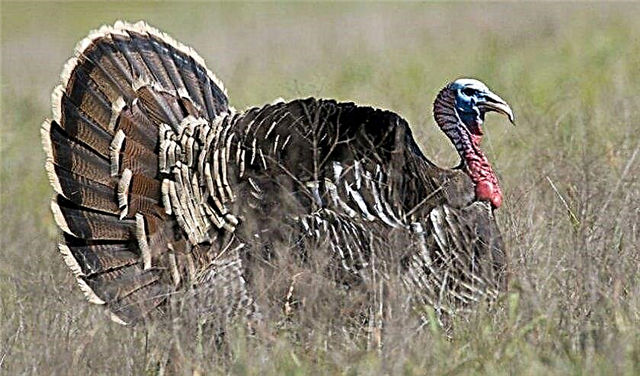 So, a turkey business is very profitable, because it quickly pays for itself. Demand for products is always due to its high quality, so you can safely invest financial resources and build your own large farm.
So, a turkey business is very profitable, because it quickly pays for itself. Demand for products is always due to its high quality, so you can safely invest financial resources and build your own large farm.

